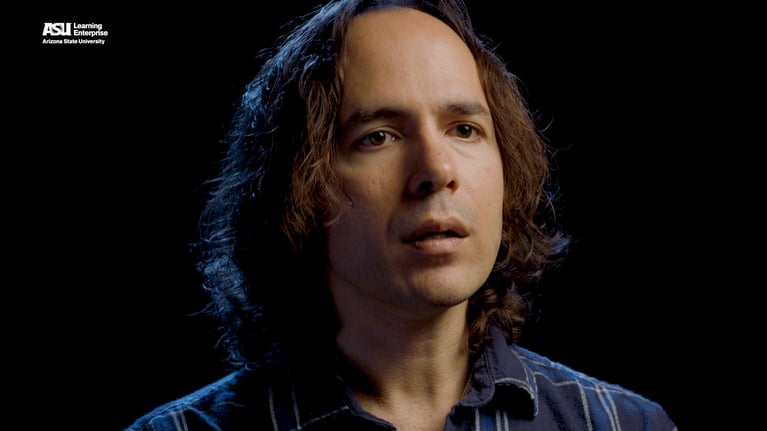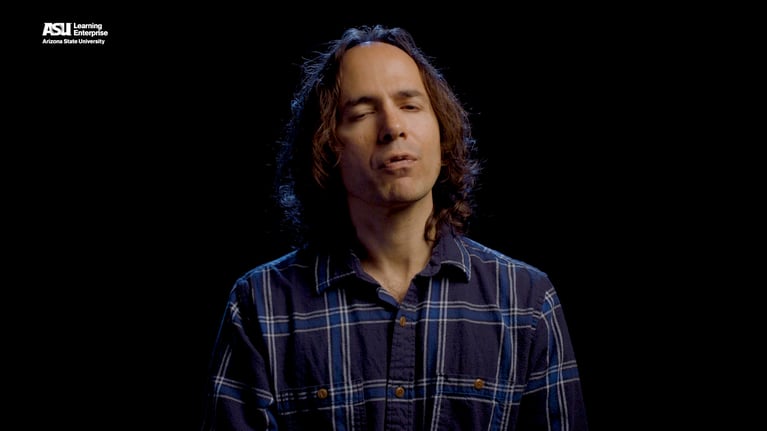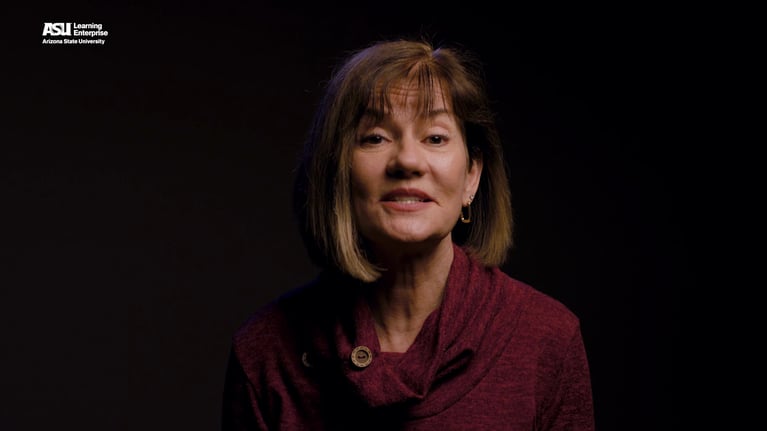The violin, a product of over 500 years of craftsmanship, has seen few innovations. However, the question arises whether 21st-century technology can refine our experience of playing this historical instrument. Disruptive technologies, like wearable technologies, have the potential to change our interaction with music. However, the focus should be on the quality of practice rather than mere metrics. The Active Shoulder Rest (ASR), a device developed for violinists, vibrates the violin's body to produce new sounds and can be used as a haptic metronome or to play musical loops. This experimental approach can renew aesthetic appreciation and interest in violin practice. Despite the conservative world of classical music, such innovations have the potential to change musical culture from the inside out, allowing us to experience the violin as a living instrument capable of growth.
A “disruptive” technology is something that creates a new market and eventually displaces existing institutions. Think about wearable technologies, which are proliferating now. All of the sudden you have a lot of sensors on your body just by virtue of carrying around a phone. So you start counting your steps to gauge your physical activity. But there’s a trap, because pedometers are great at counting up how many steps you take, but they say nothing about the misery or the joy you felt during those steps. You get a utilitarian instrument that disregards the aesthetic dimension of experience, which is your capacity for enjoying it. You can completely get obsessed with the numbers and start to change your behavior and attitude in a way that could be beneficial but maybe not.
This is something that happens to musicians, too, and it is not what I want to see music technology amplifying. I don’t want to see a bunch of new metrics and complexity about how long I practiced, with total disregard for how fulfilled I am. It should be a question about the quality of my practice, which actually reflects contemporary pedagogies that not everyone follows, but that emphasize the quality of your practice so you don’t burn out your joints and tendons by mechanistic practice for 8 hours a day.
So what could novel music technologies do for a violinist, for instance? Well, I actually have developed a device called an active shoulder rest, or “ASR” which is based on an accessory that most violinists use and basically all beginners use, that gives you some ergonomic support. The ASR has actuators built-in that vibrate the violin’s body and make new sounds come out of it. These sounds could double something you’re playing, like pitch it up an octave as an accompaniment to what you’re doing, or you could use it as a haptic metronome that you feel kinesthetically. You can also just play musical loops through it that then diffuse through your violin—this is actually what I’ve noticed a lot of students like to do with it first.
This is my chemistry set for the violin. It lets you tinker with the physics of your violin, essentially. And I think this experimental approach has an enormous potential for renewing an aesthetic attitude and appreciation that can atrophy if you get too mechanical with your practice routine. It’s nice to have something new to explore, but it’s also a really great hook for getting students interested in the violin and sticking with it. Then they run with it and surprise their teachers and themselves, by developing new practices and music that we can’t anticipate.
There’s a big obstacle to this approach in the very conservative world of classical music, namely the “rehearse and perform” paradigm, which basically means that the only conceivable kind of progress is progress on a piece of music. This blinds people to the aesthetic dimensions of learning. Dewey said that it’s a mistake to exclude imagination from goal-directed activity. The ASR has the potential to make teachers recognize that there’s a gap in the teaching: the exploratory, creative, and playful is missing. This is the disruptive potential of the ASR; that it could start to change musical culture from the inside out.


